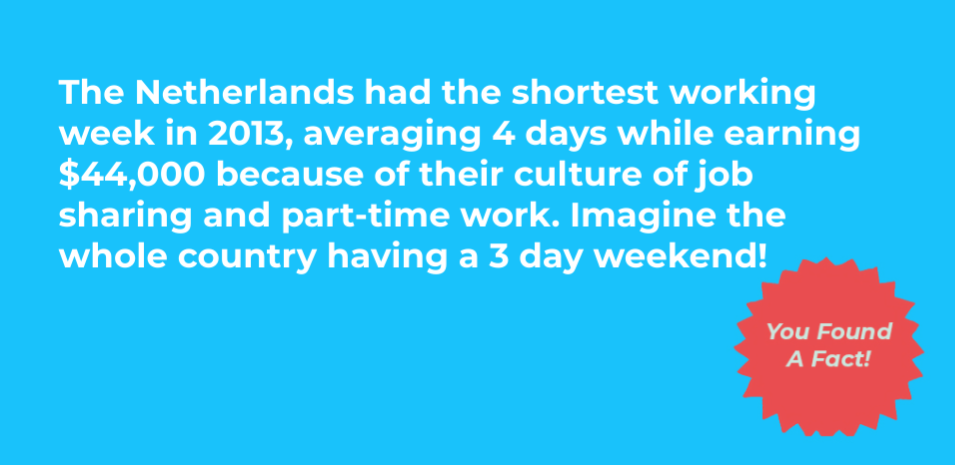How do governments measure unemployment?
Unemployment officially refers to all the people in an economy who are looking for work but are unable to find it. It does not mean the same thing as not having a job. Governments measure unemployment by counting the people who are looking for work.¹ People who are, for example, retired, in school, looking after children, or sailing around the world wouldn’t count as unemployed. A lot of unemployment data is generated by phone surveys, where people get asked simple questions like “Did you do paid work this week, and if not, are you looking for paid work this week?” People’s answers will vary based on what they understand to be ‘work’, so this kind of self-reporting isn’t always fully reliable, but it’s one of the most used ways of assessing unemployment levels in a country.
Dull as it sounds, the unemployment rate is actually a pretty powerful political tool. The level of unemployment is often used as an indicator of how well economies are functioning. Politicians may want to try and reduce unemployment, as it makes a good headline and makes it look like a country is doing better. However, as with most statistics you have to be careful what is really going on. A decrease in the unemployment rate does not necessarily mean that an economy is doing better, or that people are happier.² It often depends on what kind of jobs are being offered, how well paid they are and how secure workers feel.

Then there’s the issue of underemployment, which measures how well people’s skills are matched to jobs.³ You can be underemployed for a number of reasons; you might have the experience to do a high-skilled job, like a lawyer, but actually only be working as a shop assistant. Or you might not be working for as many hours as you want to be. So even if the unemployment rate might be going down, the underemployment rate can be going up, indicating that satisfaction in the workplace is going down.



